Car, Parts Companies Exhale, but Not Everyone's Thrilled by USMCA

Canada’s autoworkers feel pretty confident they’ll still have a job next year, as the free trade agreement reached by the U.S. and its northern neighbor Sunday night pretty much keeps the status quo alive in that country’s auto sector.
Just last week, with headway essentially absent from the trade negotiations, President Trump repeated his threat of levying a 25 percent import tax on Canadian vehicles. Such a tariff could easily have seen 160,000 jobs erased from the auto and parts manufacturing industries; perhaps more.
However, just because the industry came out all right in the end doesn’t mean the future is entirely rosy.
Tariffs remain on steel and aluminum imported into the U.S., including from Canada. Apparently, getting rid of those is a battle to be waged some other day. Trump claims the tariffs (25 percent on steel, 10 percent on aluminum) might be replaced at a later date by import quotas.
Still, Canada’s leadership and the president of its autoworkers union seem pleased, perhaps more so the latter individual. Bloomberg reports that Canadian auto parts suppliers, among them Magna International, saw some wind finally enter their slack sails today. Most are trading upwards. It helps that the country now finds itself bound by new content rules, with the NAFTA rule of 62.5 percent regional content now upped to 75 percent.
In the agreement, tariff exemptions were placed on 2.6 million Canadian-built vehicles exported to the U.S., which shouldn’t pose a problem. The country currently exports about 1.8 million vehicles per year from plants belonging to Honda, Toyota, and the Detroit Three automakers. Actually, it’s because Canada isn’t likely to ever top that number that has some feeling bummed about the country’s long-term auto health.
According to the Center for Automotive Research, Canadian vehicle production are expected to drop by 135,000 vehicles in the 2016-2020 period. In Mexico, still a lower wage jurisdiction despite stricter wage rules contained in USMCA, it’s the opposite. The country is expected to crank out an extra 850,000 vehicles in that time frame.
Nothing in the trilateral agreement changes the fact that it’s pricier to build cars in Canada. Keep in mind that the country at one time housed a Studebaker factory.
“There’s nothing in here that lowers costs for any of the three countries so compared with the rest of the world, all three countries are probably made slightly less competitive over the longer term,” Brett House, deputy chief economist at Bank of Nova Scotia, told Bloomberg. Dennis DesRosiers of DesRosiers Automotive Consulting called the agreement “a lot of theatre with “very little substance.” He added that higher regional content means added costs for all automakers producing in North America, which could hurt efficiency.
The Southern U.S. is frequently singled out as the jurisdiction with the most to gain from the new agreement, which is exactly what Trump was aiming for. Still, leaders from all three nations walked away claiming a win.
[Image: Ford Motor Company]

More by Steph Willems
Latest Car Reviews
Read moreLatest Product Reviews
Read moreRecent Comments
- Corey Lewis It's not competitive against others in the class, as my review discussed. https://www.thetruthaboutcars.com/cars/chevrolet/rental-review-the-2023-chevrolet-malibu-last-domestic-midsize-standing-44502760
- Turbo Is Black Magic My wife had one of these back in 06, did a ton of work to it… supercharger, full exhaust, full suspension.. it was a blast to drive even though it was still hilariously slow. Great for drive in nights, open the hatch fold the seats flat and just relax.Also this thing is a great example of how far we have come in crash safety even since just 2005… go look at these old crash tests now and I cringe at what a modern electric tank would do to this thing.
- MaintenanceCosts Whenever the topic of the xB comes up…Me: "The style is fun. The combination of the box shape and the aggressive detailing is very JDM."Wife: "Those are ghetto."Me: "They're smaller than a Corolla outside and have the space of a RAV4 inside."Wife: "Those are ghetto."Me: "They're kind of fun to drive with a stick."Wife: "Those are ghetto."It's one of a few cars (including its fellow box, the Ford Flex) on which we will just never see eye to eye.
- Oberkanone The alternative is a more expensive SUV. Yes, it will be missed.
- Ajla I did like this one.



















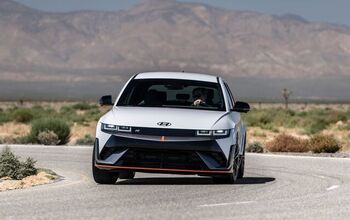




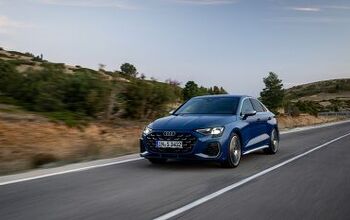


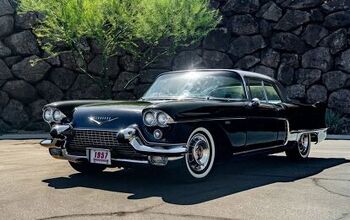
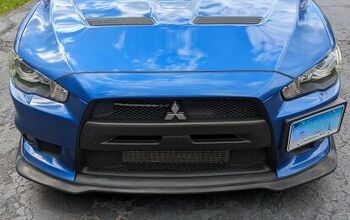
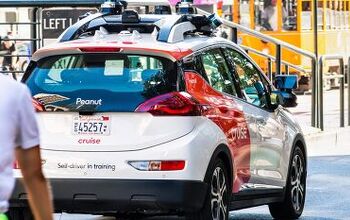
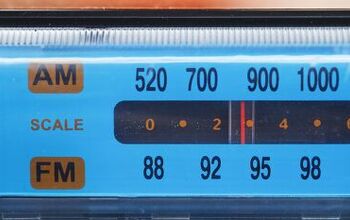
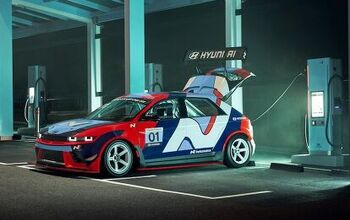

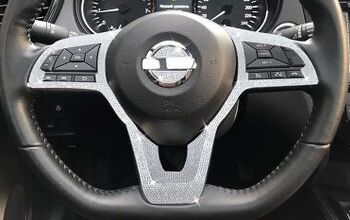
Comments
Join the conversation
Hunmira brought in $18 billion for Abbvie in 2017? Really? I'd like to see where you got that number. I happen to be a long time Abbvie stock holder and a biotech investor. In 2017 Abbvie's net income was a little over $5 billion, 65% of which came from Humira. "...most usable drugs are invented in labs that are sponsored by the federal government." Citation for this? It's false.
This is all about Chinese parts. Billions in Chinese car parts are used in NA vehicle production. The new rules are intended to restrict that.